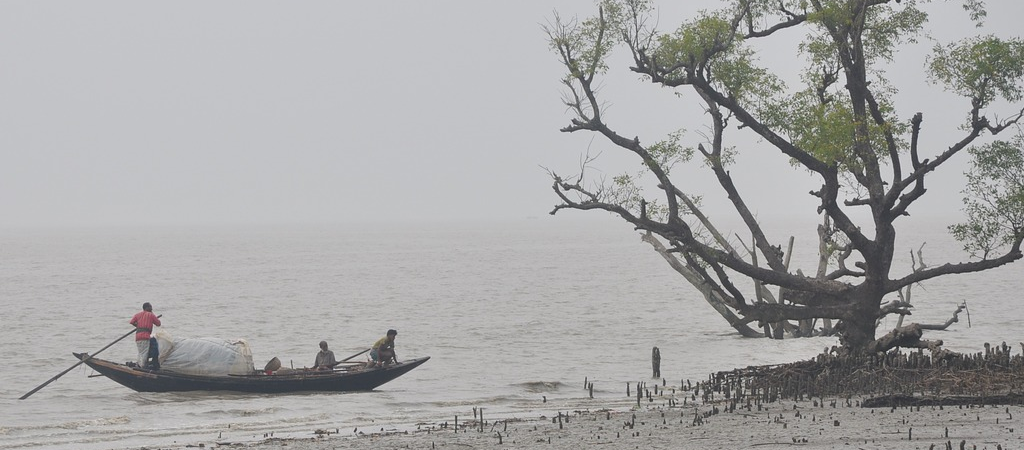Often described as one of the world’s most persecuted ethnic groups, The Rohingya have been left with no choice but to flee Myanmar, a country they have called home for centuries. Having never been accepted into Myanmese society for religious and political reasons, it seems now they they are being subjected to severe brutality by the Myanmese government. Bangladesh has seen the highest number of Rohingya seeking refuge, sparking what is being described by the UN as ‘a health crisis to an unimaginable scale’.
The history of the Rohingya
There are currently 1.1 million Rohingya people living in Myanmar and most identify as Muslim. Although their arrival in Myanmar – which is a Buddhist country – was far from welcomed, the situation has never been as volatile as it is today.
During the time of British-India, Myanmar and Bangladesh were both officially a part of India. The migration of people from Bangladesh to Myanmar was therefore classed as ‘internal’. However when the British-India rule ended in 1947, Myanmar declared the Rohingya as illegal foreign immigrants.This started a long and painful dispute between the state and the Rohingya community.
‘Systematic ethnic cleansing’
Mainly residing in the western coastal state of Rakhine, one of the poorest states in the country, the Rohingya people are forced to live in ghetto-like living conditions with poor shelter and sanitation. They are denied Myanmese citizenship which renders them stateless, are not included in the country’s ethnic group count and must gain permission to leave the country which is rarely granted.
Their education and job prospects are capped, making it impossible for them to break this state-imposed glass ceiling. Unable to improve conditions for themselves, they have always been dependent on a government who refuses to acknowledge their existence as a community.
There are constant reports of villages that have been attacked by mobs whose members include police officers and military personnel. Houses are set aflame, people are forced to leave and if they refuse, they are burned alive.
Myanmar’s government has been accused of carrying out planned and deliberate ‘ethnic cleansing’ which they deny. However, several international observers, including the UN, say that the Rohingya are the group most at risk of genocide at this moment in time.
Bangladesh struggling to cope
As discrimination and hostility has worsened over the years, hundreds of thousands of members from the Rohingya community have arrived in Bangladesh seeking refuge. Since August 2017 alone, 620,000 more have fled with severe injuries such as bullet and stab wounds, burns, and wounds from rape and sexual violence.
There are currently a high number of children who are extremely malnourished and suffering from a complex and dangerous case of measles.The main causes of death are ones that are triggered by poor living conditions in the refugee camps, including respiratory infections, diarrhea and skin diseases.
Although resources for all aspects of basic living are in demand, the biggest problem by far is not actually gathering the necessities, but delivering them. The refugee camps are often in a location where access by car is difficult as there are no roads leading up to them.
Even with organisations from all over the world sending medical, water and sanitation support, Bangladesh is struggling to provide adequate amounts of aid to everyone. The sheer number of women and girls (some under the age of 10) who are suffering with sexual abuse injuries mean specific support for this is desperately needed.
Mental health professionals are being recruited to help the growing number of people coming forward with their stories and this is expected to continue.
Talks of repatriation
Talks between Bangladesh and Myanmar have been taking place and a repatriation deal was recently signed by both countries. No further details were released but sending every refugee back to Myanmar could take decades.
Concerns have been raised about the safety of the Rohingya refugees once they will be back in Myanmar. Nay San Lwin, an activist for the Rohingya community said they should not return if proper treatment and their human rights are not guaranteed.

